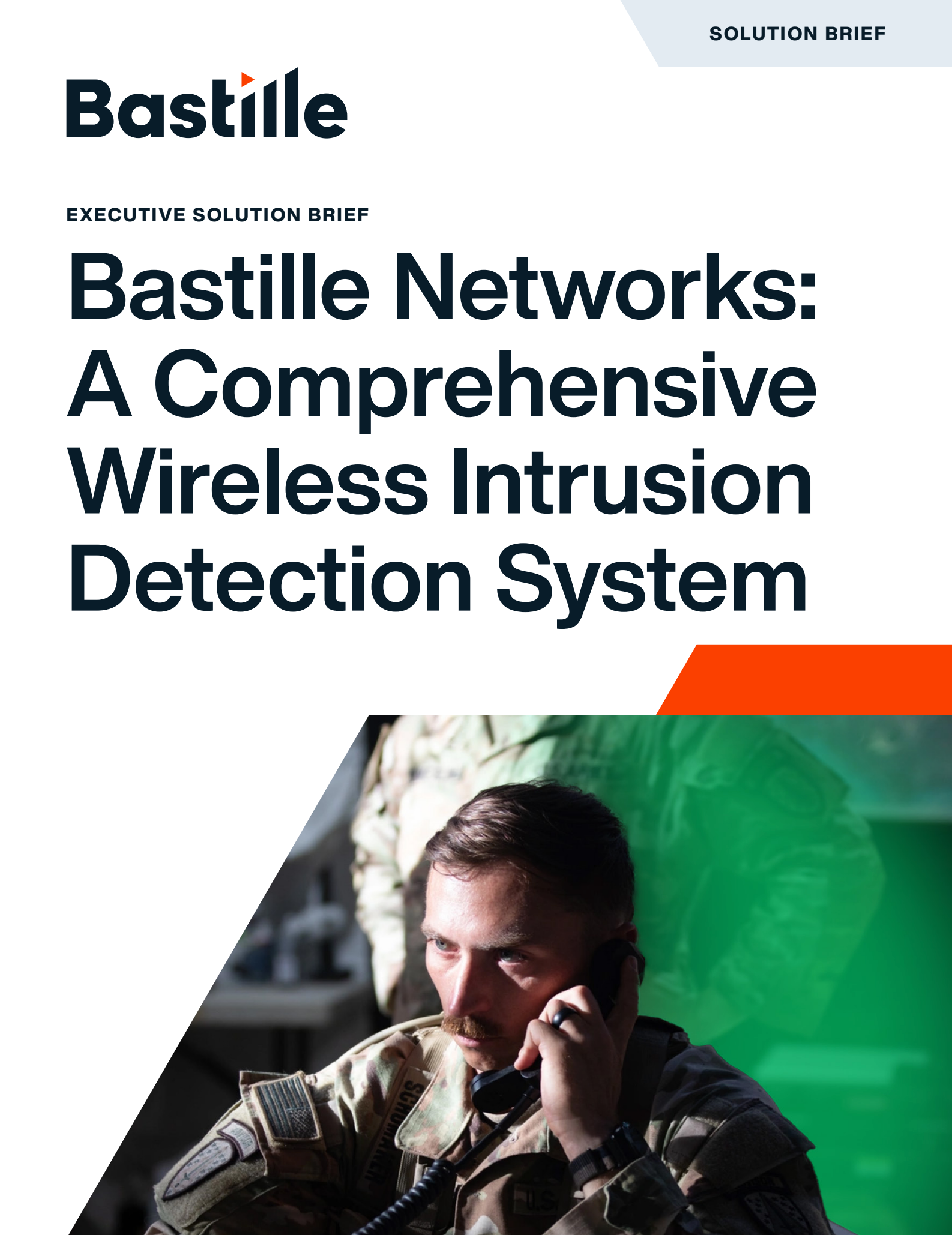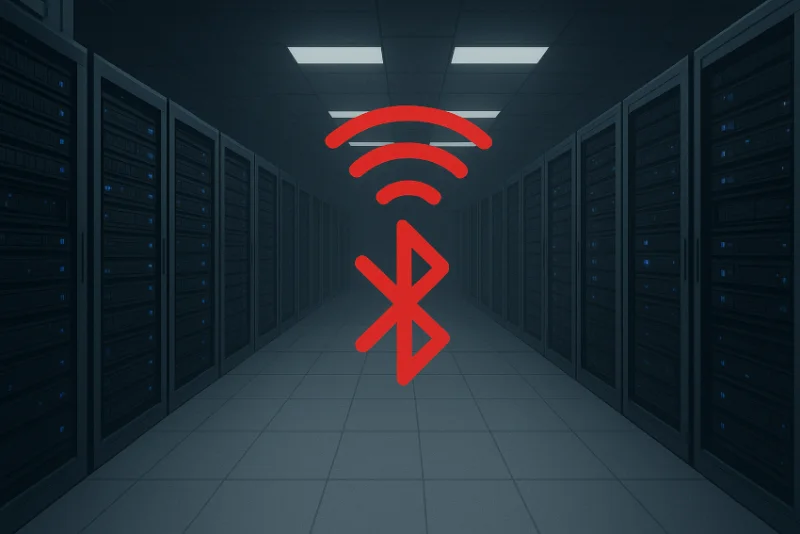
Wireless and RF-enabled devices are everywhere — from office networks and smart buildings to IoT sensors and industrial controls. While they provide flexibility and efficiency, they also expose organizations to serious RF security vulnerabilities.
Back in 2018, Bastille identified the leading threats facing businesses and government agencies. Today, those vulnerabilities remain just as relevant — if not more so — given the explosive growth of IoT, mobile, and RF-enabled devices.
This article revisits the top RF security risks and explains how organizations can defend against them.
Why RF Security Still Matters
Unlike traditional wired or Wi-Fi networks, RF signals are often overlooked in corporate security programs. Yet attackers can exploit:
- Cellular devices (personal and unmanaged) in restricted areas.
- Wireless peripherals (keyboards, mice, headsets).
- IoT systems using protocols like ZigBee, Z-Wave, or LoRa.
- Building controls such as HVAC, locks, and lighting.
Without visibility into the RF spectrum, organizations face hidden risks that bypass firewalls and endpoint security tools.
The Top RF Security Vulnerabilities
Here are the leading RF security risks identified by Bastille, many of which remain top concerns today:
1. Unauthorized Cellular Devices: Cell phones can act as unapproved cameras, microphones, or data exfiltration tools inside secure facilities. Without detection, these devices create insider threat pathways.
2. IoT Devices in Enterprise Environments: IoT sensors and controllers often ship with weak or no security, creating exploitable entry points into enterprise networks.
3. Wireless Peripherals: Wireless keyboards and mice have been shown to allow keystroke injection attacks, letting hackers steal data or issue malicious commands.
4. Replay and Spoofing Attacks: Attackers can record and replay unencrypted RF transmissions to trigger commands or bypass access controls.
5. Lack of Encryption in RF Networks: Many RF-enabled systems — from smart meters to sirens — transmit unencrypted data, leaving them vulnerable to interception.
Compliance and Regulatory Implications
Sectors like finance, government, and healthcare face strict compliance mandates (HIPAA, PCI DSS, SEC, NIST). Yet many frameworks focus narrowly on wired and Wi-Fi networks, overlooking RF-enabled devices.
Organizations that fail to monitor RF activity risk:
- Compliance violations due to untracked devices.
- Data breaches involving regulated information.
- Operational disruption from compromised IoT or building systems.
How to Protect Against RF Security Risks
To reduce exposure, organizations should:
- Inventory all RF-enabled devices in the environment.
- Enforce security policies for personal and IoT device usage.
- Continuously monitor the RF spectrum for rogue devices.
- Conduct Wireless Vulnerability Assessments to identify and remediate risks.
How Bastille Helps
Bastille provides organizations with visibility into the entire RF spectrum — far beyond Wi-Fi. With Bastille, you can:
- Detect and locate rogue cellular, IoT, and RF-enabled devices.
- Stop insider threats using hidden wireless channels.
- Support compliance efforts with continuous RF monitoring.
Bastille’s Wireless Vulnerability Threat Assessment helps organizations uncover hidden RF risks before attackers exploit them.
Request your demo here.




